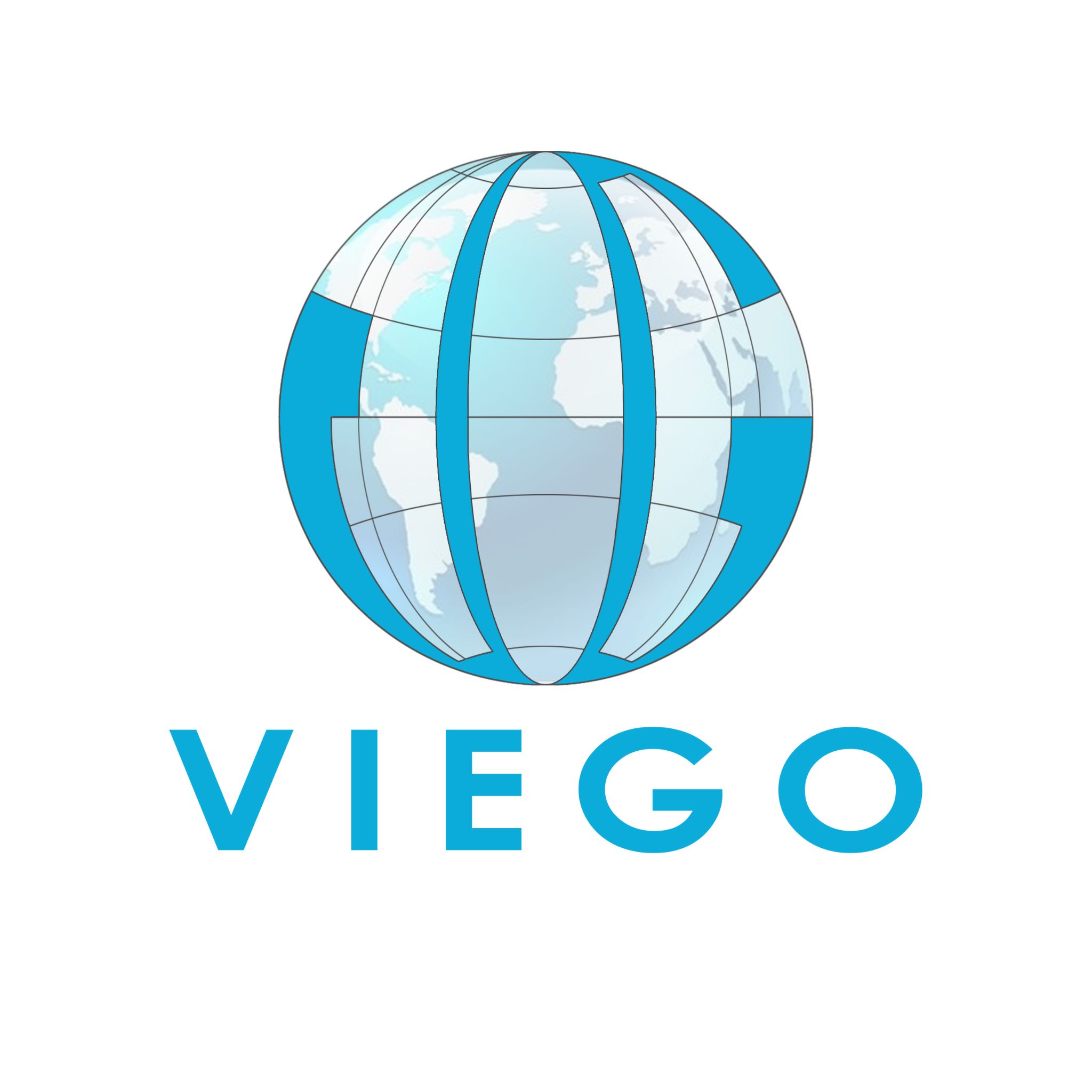
Top 10 Chocolate Importing Countries

Top 10 Chocolate Importing Countries
Chocolate is a beloved global commodity, driving significant economic activity through international trade. The global chocolate market reached $160 billion in 2023, with imports accounting for $30 billion of that value. The Top 10 Chocolate Importing Countries collectively represent over 70% of the market, showcasing the increasing demand for premium, artisanal, and sustainably sourced chocolate products.
While developed markets like the United States and Germany lead in chocolate imports, emerging markets such as China and India are experiencing rapid growth due to rising disposable incomes and evolving consumer preferences. This article explores the Top 10 Chocolate Importing Countries, trends shaping the industry, and challenges faced by stakeholders.

1. United States
- Import Value: Over $4.5 billion (2023)
- Why It Stands Out: The U.S. is the largest chocolate importer globally, driven by demand for premium and specialty chocolates.
- Key Insights: Key suppliers include Belgium, Switzerland, and Canada, with growing emphasis on sustainably sourced cacao.
2. Germany
- Import Value: Approximately $4 billion (2023)
- Why It Stands Out: Germany is both a leading importer and producer of chocolate, with a robust market for artisanal and high-quality products.
- Key Insights: Imports cater to domestic consumption and re-export needs, with major suppliers including Belgium and the Netherlands.
3. United Kingdom
- Import Value: Around $2.8 billion (2023)
- Why It Stands Out: The UK’s diverse palate drives demand for luxury and innovative chocolate products.
- Key Insights: Brexit has reshaped import dynamics, with a continued focus on European suppliers like Germany and Belgium.
4. France
- Import Value: Over $2.5 billion (2023)
- Why It Stands Out: France imports chocolate to complement its gourmet culture, emphasizing artisanal and organic products.
- Key Insights: Belgian and Swiss chocolates dominate the import market, catering to high-end consumer demands.
5. China
- Import Value: Around $2.2 billion (2023)
- Why It Stands Out: Rising disposable incomes and Westernized consumption habits drive China’s growing chocolate imports.
- Key Insights: Key suppliers include Switzerland, Belgium, and Germany, with a focus on premium and innovative products.
6. Canada
- Import Value: Over $2 billion (2023)
- Why It Stands Out: Canada imports a wide variety of chocolate products, catering to its multicultural population and strong demand for premium brands.
- Key Insights: The U.S., Switzerland, and Belgium dominate imports, with increasing focus on ethical sourcing.
7. Japan
- Import Value: Approximately $1.8 billion (2023)
- Why It Stands Out: Japan’s demand for artisanal and specialty chocolates is driven by its gifting culture and focus on high quality.
- Key Insights: Imports primarily come from Belgium, Switzerland, and the U.S., catering to a discerning consumer base.
8. Italy
- Import Value: Around $1.7 billion (2023)
- Why It Stands Out: Italy’s chocolate imports include premium and exotic varieties that complement its rich culinary traditions.
- Key Insights: Key suppliers include Germany, Switzerland, and Belgium, emphasizing high-quality standards.
9. Netherlands
- Import Value: Over $1.5 billion (2023)
- Why It Stands Out: The Netherlands acts as a significant re-export hub, importing chocolate for redistribution across Europe.
- Key Insights: Suppliers include Belgium, Germany, and France, with growing attention to sustainable practices.
10. Australia
- Import Value: Approximately $1.2 billion (2023)
- Why It Stands Out: Australia’s demand for imported chocolate is driven by its limited domestic production and preference for luxury brands.
- Key Insights: Imports come from Belgium, Germany, and Switzerland, focusing on ethical and premium options.
Key Trends in Chocolate Imports
- Demand for Premium and Artisanal Products:
Consumers increasingly favor high-end chocolates with unique flavors and ingredients. - Growth in Organic and Ethical Sourcing:
Certifications such as Fair Trade and Rainforest Alliance are becoming pivotal in shaping consumer preferences. - Innovation in Packaging and Gifting:
Attractive packaging and gifting-focused products are driving sales in markets like Japan and China. - Health-Conscious Offerings:
Sugar-free, vegan, and high-cocoa content chocolates are gaining traction globally. - E-Commerce Expansion:
Online platforms are facilitating the trade of niche and specialty chocolates, especially in emerging markets. - Sustainability Efforts:
Importers are emphasizing carbon-neutral and eco-friendly practices across the supply chain.

Major Challenges in Chocolate Imports
- Climate Change Effects on Cacao Production:
Rising temperatures and irregular rainfall are impacting cacao yields in key producing regions. - Rising Costs of Raw Materials:
Volatile cacao and sugar prices contribute to increased costs for chocolate importers. - Complex Supply Chains:
Maintaining quality and traceability across global supply chains is a persistent challenge. - Regulatory Compliance:
Importers must navigate varying regulations on labeling, food safety, and certifications. - Consumer Health Awareness:
Growing concerns about sugar consumption are prompting shifts towards alternative products. - Geopolitical Tensions and Tariffs:
Trade disputes and protectionist policies can disrupt chocolate import flows.
The Top 10 Chocolate Importing Countries demonstrate the global love for chocolate, with each market offering unique opportunities for exporters. From the U.S.’s demand for sustainable brands to China’s growing appetite for premium offerings, producers have a vast canvas to explore.
Platforms like uFoodin bridge the gap between exporters and importers, enabling seamless connections across 210+ countries. With tools to showcase ethical sourcing, track trends, and facilitate partnerships, uFoodin empowers businesses to thrive in a competitive market.
As the chocolate industry evolves, platforms like uFoodin will continue to play a critical role in fostering innovation, sustainability, and global collaboration in the trade of this beloved product.
uFoodin Editorial Team
Bibliography
- FAO: Global Chocolate Trade Data
- Statista: Trends in Chocolate Imports
- MarketWatch: Challenges in the Chocolate Industry
- Reuters: Insights into Cacao Supply Chains
- Grand View Research: Chocolate Market Analysis
- Mordor Intelligence: Chocolate Import Trends and Forecasts
LAST ARTICLES

Top 10 Salty Snack Food Companies
The salty snack industry is a dynamic and rapidly evolving segment of the global food market, encompassing products such as chips, popcorn, pretzels, and nuts.

Top 10 Plant-Based Meat Companies
The global plant-based meat industry is experiencing significant growth, driven by increasing consumer awareness of health, environmental, and ethical considerations. In 2023, the market was
FEATURED OFFERS
Related Posts

Top 10 Salty Snack Food Companies
The salty snack industry is a dynamic and rapidly evolving segment of the global food market, encompassing products such as chips, popcorn, pretzels, and nuts.

Top 10 Plant-Based Meat Companies
The global plant-based meat industry is experiencing significant growth, driven by increasing consumer awareness of health, environmental, and ethical considerations. In 2023, the market was

Top 10 Confectionery Companies:
The global confectionery market is a significant segment of the food industry, encompassing a wide range of sweet-tasting products such as chocolates, candies, gums, and

Top 10 Dairy Brands: Leaders in Global Dairy Innovation
Dairy products are a dietary staple across the globe, providing essential nutrients such as calcium, protein, and vitamins. From fresh milk and cheese to yogurt

Top 10 Olive Oil Producing Countries
Olive oil, a cornerstone of Mediterranean cuisine and culture, is more than just a cooking ingredient—it is a symbol of health, heritage, and sustainability. Revered

Top 10 Pasta Brands
The global pasta market has experienced significant growth, driven by consumer demand for convenient and versatile food options. In 2023, the market was valued at

Functional Always active
Preferences
Statistics
Marketing

Functional Always active
Preferences
Statistics
Marketing
Report
There was a problem reporting this post.
Block Member?
Please confirm you want to block this member.
You will no longer be able to:
- See blocked member's posts
- Mention this member in posts
- Invite this member to groups
- Message this member
- Add this member as a connection
Please note: This action will also remove this member from your connections and send a report to the site admin. Please allow a few minutes for this process to complete.



















Responses